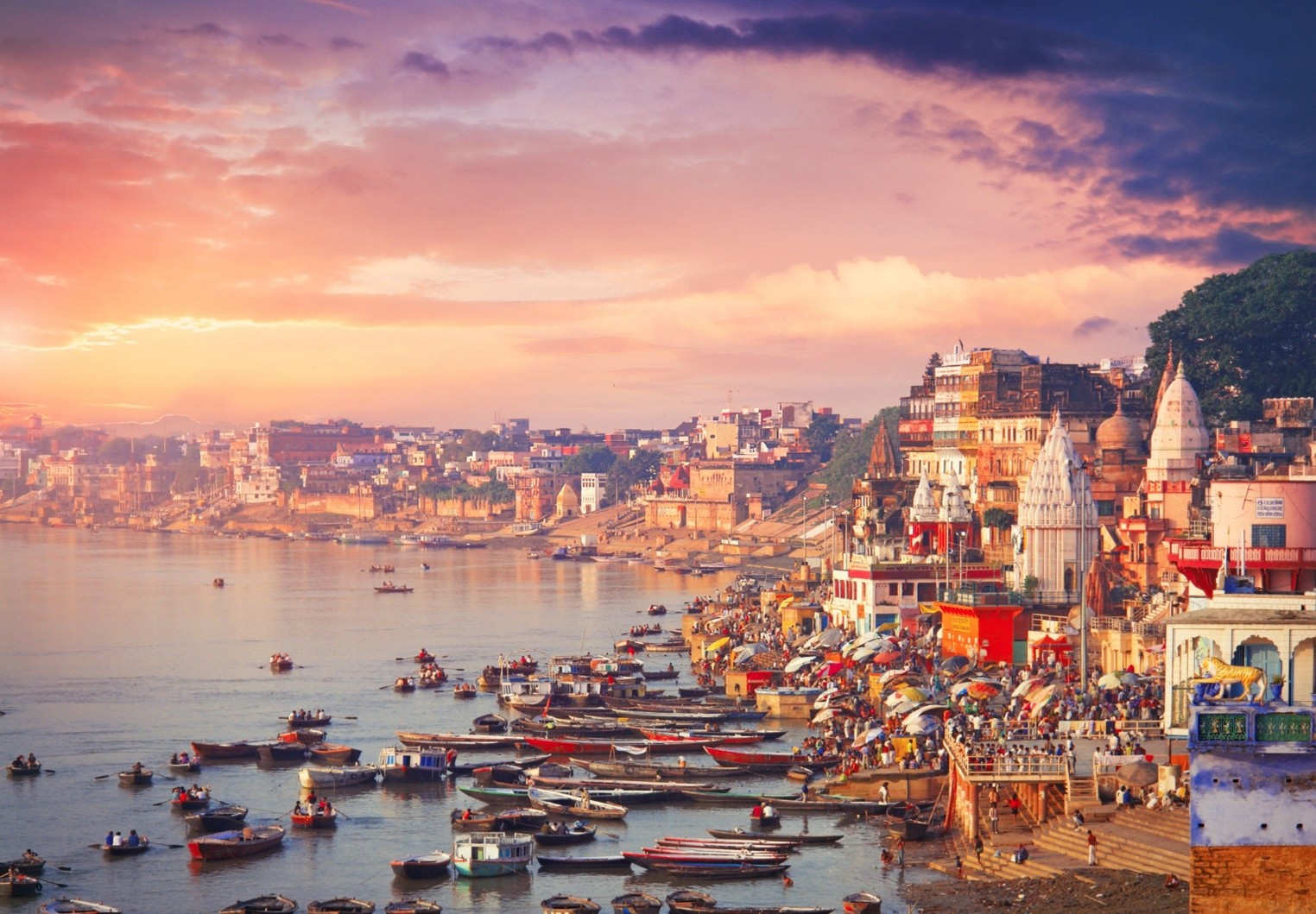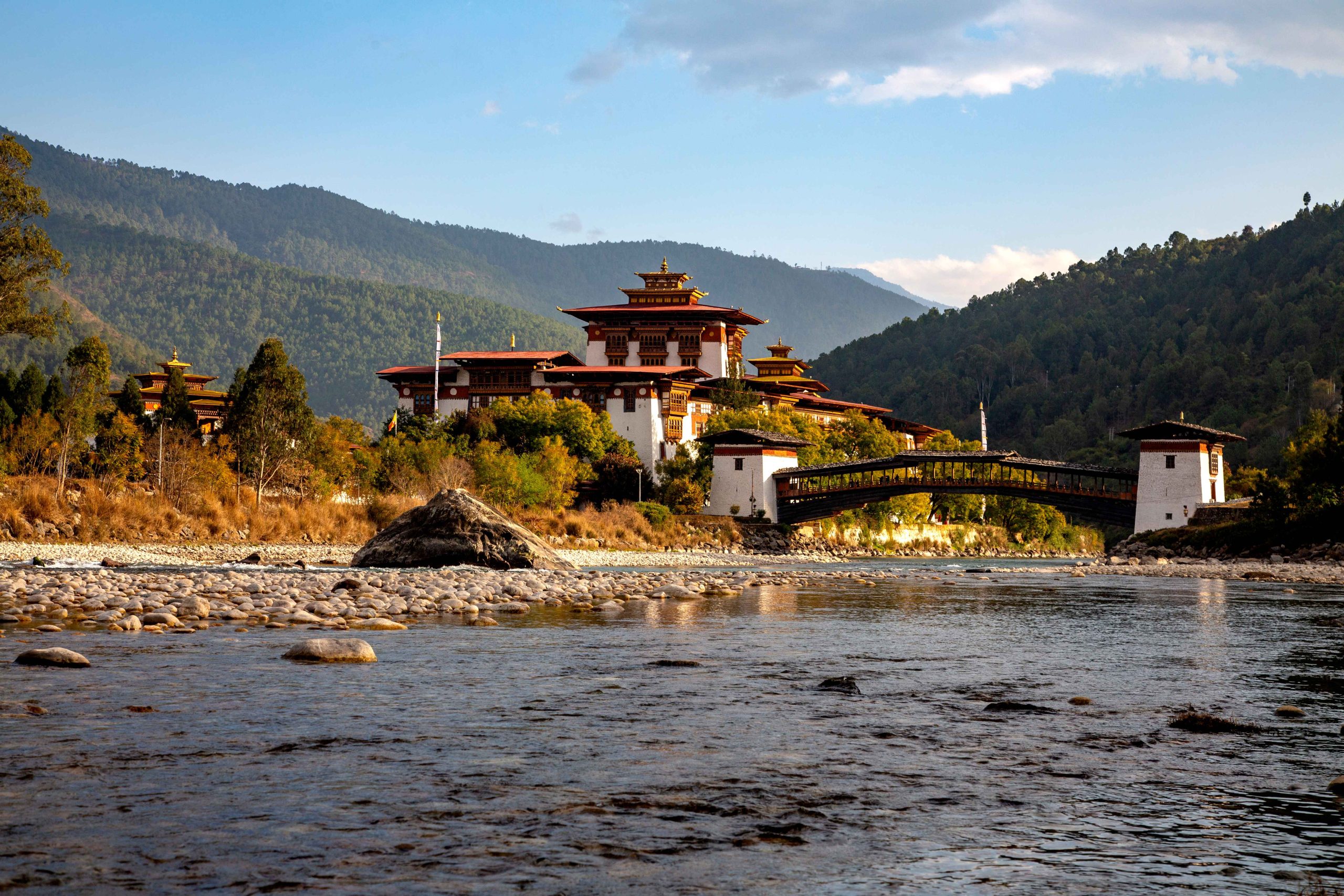India’s history reads like an epic. The imperial courts, ancient cities and centuries old traditions add a charm to the air that museums fail to capture. North India keeps its heritage alive in bazaars, royal palaces and riverside ghats.
From Delhi to Varanasi, this land is unlike any other, the ancient legacies creating one of the most diverse corners in the world.
Delhi: The City of Contrasts
Decreed the capital of India by King George V during the British colonial era, Delhi is a city of many names with Delhi, Dilli and Dhilli being a few. The name “Delhi” itself is said to trace back to the 1st century BCE, when King Dhilu built a city near the site of present day Qutub Minar.

The city’s history is one of upheaval and reinvention, reflected in its architectural heritage. The Rajput artisans left intricate natural motifs, the Khilji dynasty introduced the Pashtun style seen in the Qutub Minar, and the Mughals created masterpieces such as Humayun’s Tomb, the Red Fort, and Jama Masjid. Later, the colonial era’s elegance and the modern influences added to the aesthetic.
Beyond the landmarks, Delhi thrives in its bustling bazaars, where the scent, sounds and colors bring to life the spirit of Dilwalon ka Dilli (The city of the warm-hearted.)
I asked my soul: What is Delhi? She replied: The world is the body and Delhi its life.
-Mirza Asadullah Khan Ghalib
Agra: The Jewel of the Mughals
Agra makes its first notable appearance in the Sanskrit epic Mahabharata as the city “Agravana” but is said to be founded by Sultan Sikandar of the Lodi Dynasty.

Once the Mughal Capital, Agra reached its architectural zenith during the reign of Shah Jahan, who built the Taj Mahal for his favorite wife Mumtaz as an earthly replica of her heavenly abode in the mid-17th century. While the mausoleum is considered to be the best example of the Mughal architecture, Jahangir Mahal, Moti Masjid (Pearl Mosque), Agra Fort and the Mehtab Bagh, are among some notable standouts.
They call it Agra, mother, and those who come from those parts say there is not a finer city on earth.
– A line from The Slave Girl of Agra (1909) by Romesh Chunder Dutt
Jaipur: The Pink City of Kings
When Prince Albert Edward (later King Edward VII) visited Jaipur in 1876, the entire city was painted in rose colored hues to celebrate his arrival and thus earning it’s nickname the ‘Pink City’. But Jaipur’s appeal goes beyond its pink hues. When Maharaja Sawai Jai Singh established the city as the capital of his princely state in 1727, architect Vidhyadhar Bhattacharya drew inspiration from Greek scholars Ptolemy and Euclid. The Rajput palaces also exemplify the principles of Vastu Shastra, a remarkable feat for their time.
Jaipur’s majestic landmarks showcase Rajput architecture with subtle Mughal influences. The City Palace still houses Jaipur’s royal family, while the Hawa Mahal, or Palace of the Winds, showcases intricate carvings in windows designed for the royal women to observe street life unnoticed.
The Jantar Mantar, an open-air astronomical observatory and a UNESCO World Heritage Site, and the imposing Amber Fort further reflect the city’s regal heritage.

Now the capital of Rajasthan, also known as Rajputana (the land of kings), Jaipur is not only a hub of architectural marvels but also of vibrant traditions and historical significance. Folk dances like Ghoomar, performed by women, along with Kacchi Ghori and Khyal, reflect the city’s rich culture.
The markets are full of life, with traders calling out prices, artisans shaping silver, and the air rich with the fragrance of sandalwood and marigold.
Jaipur is a blushing bride draped in pink, dancing in our dreams while the peacocks sing.
– Vinita Kinra, Author of Pavitra in Paris
Varanasi: Realm of the Mystical
Said to be created by Lord Shiva as his abode, Varanasi is less a city you visit and more a world you enter. Mentioned in the Rig Veda, The Mahabharata, and other ancient texts, it is one of the oldest living cities in the world. By the 2nd Millenium BCE, Varanasi was already a center of Vedic religion and philosophy. The city stands on the banks of the Ganges River, where a dip is believed to grant release from the cycle of life and death.
Once the capital of Kashi, Varanasi is said to be the place where Buddha gave his first sermon around the 6th century BCE. Despite a tumultuous history under the Mughals and the British, it continues the tradition of passing down Hindu scholarly knowledge through generations.
Varanasi’s ghats and temples are built in the Nagara Shikara style, a few forts and mosques reflecting the Mughal influence, and the narrow lanes said to mirror Lord Shiva’s trident. Alongside music, art and literature, the city captures the weight of the centuries but with a calm that feels timeless.
Benaras is older than history, older than tradition, older even than legend and looks twice as old as all of them put together.
– Mark Twain, Banaras: City of Light
Delhi’s vibrant chaos, Agra’s Mughal wonders, Jaipur’s royal pink façade and Varanasi’s mystical ghats are living characters in stories centuries in the making. The passage through these four cities reveals a narrative of grandeur and grace, offering a deeper perspective on India’s layered identity.
Inspired by the Golden Triangle and beyond? Dharma Adventures curates bespoke India cultural journeys. Explore our Mughal, Mystics and Maharajas itinerary or contact us to design your own.



















